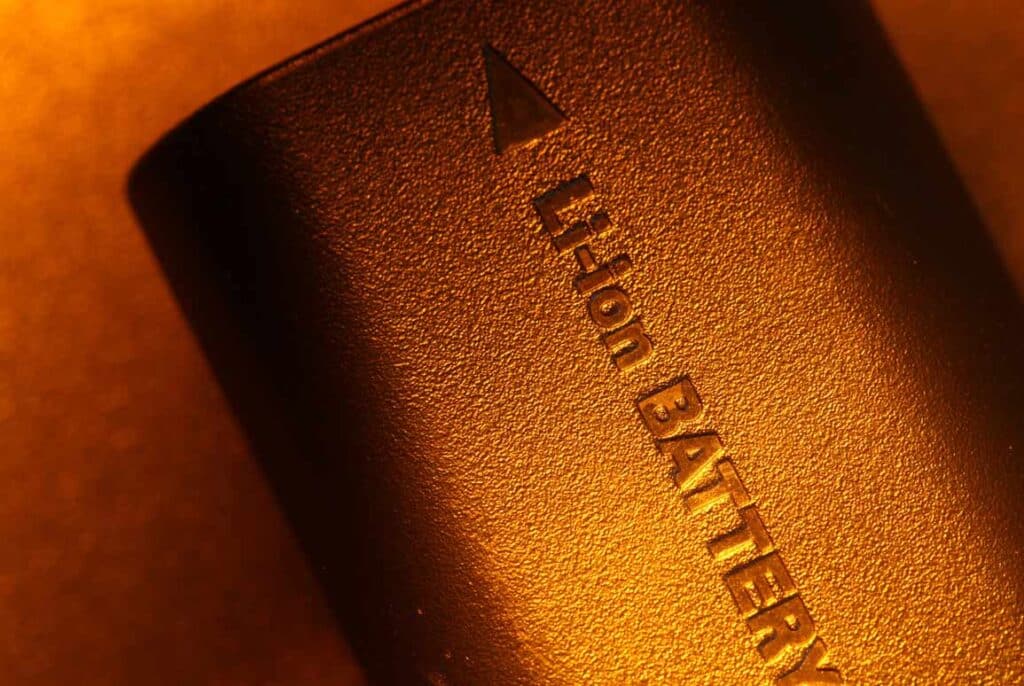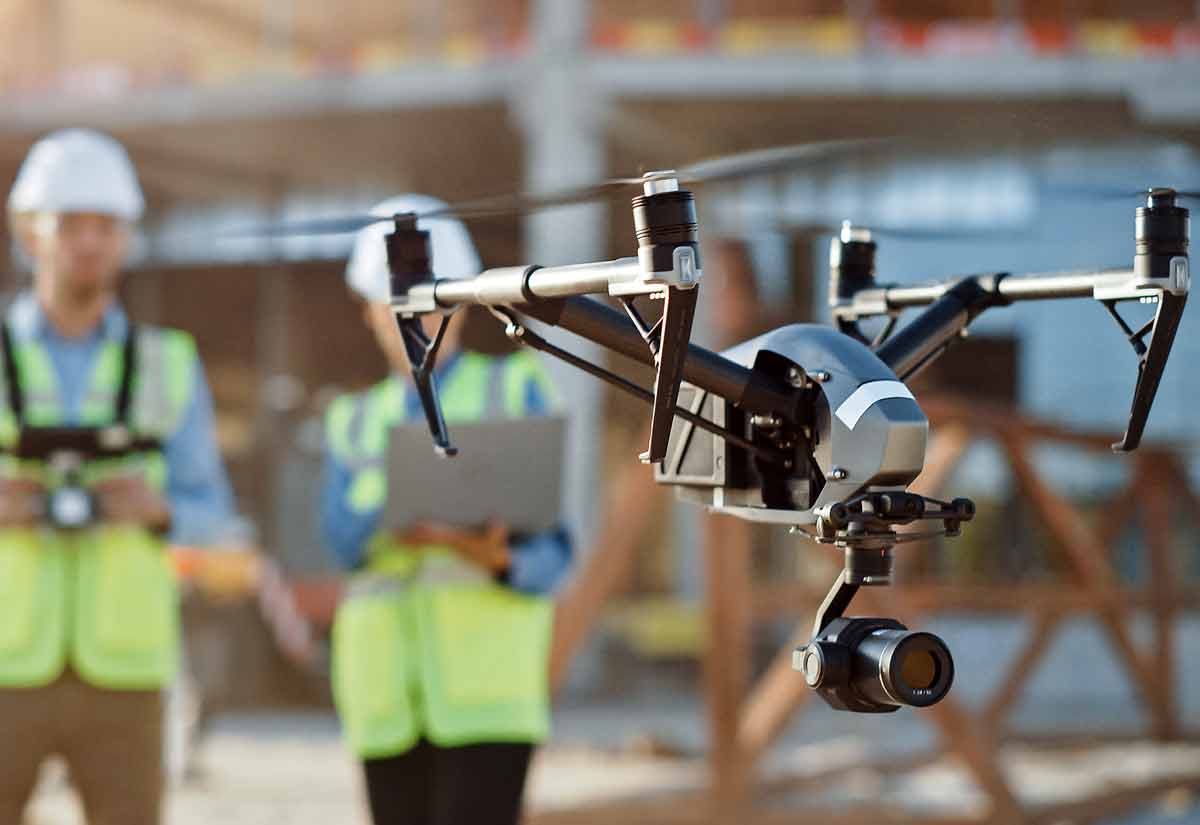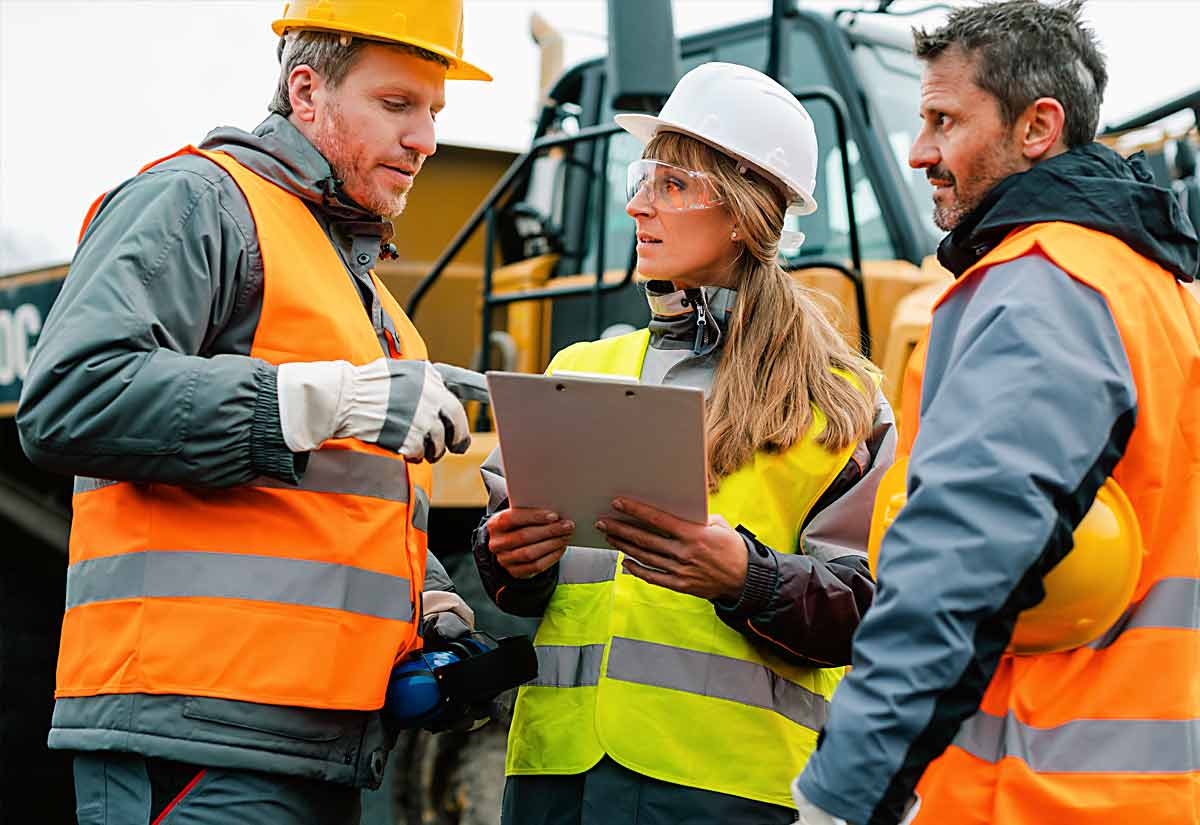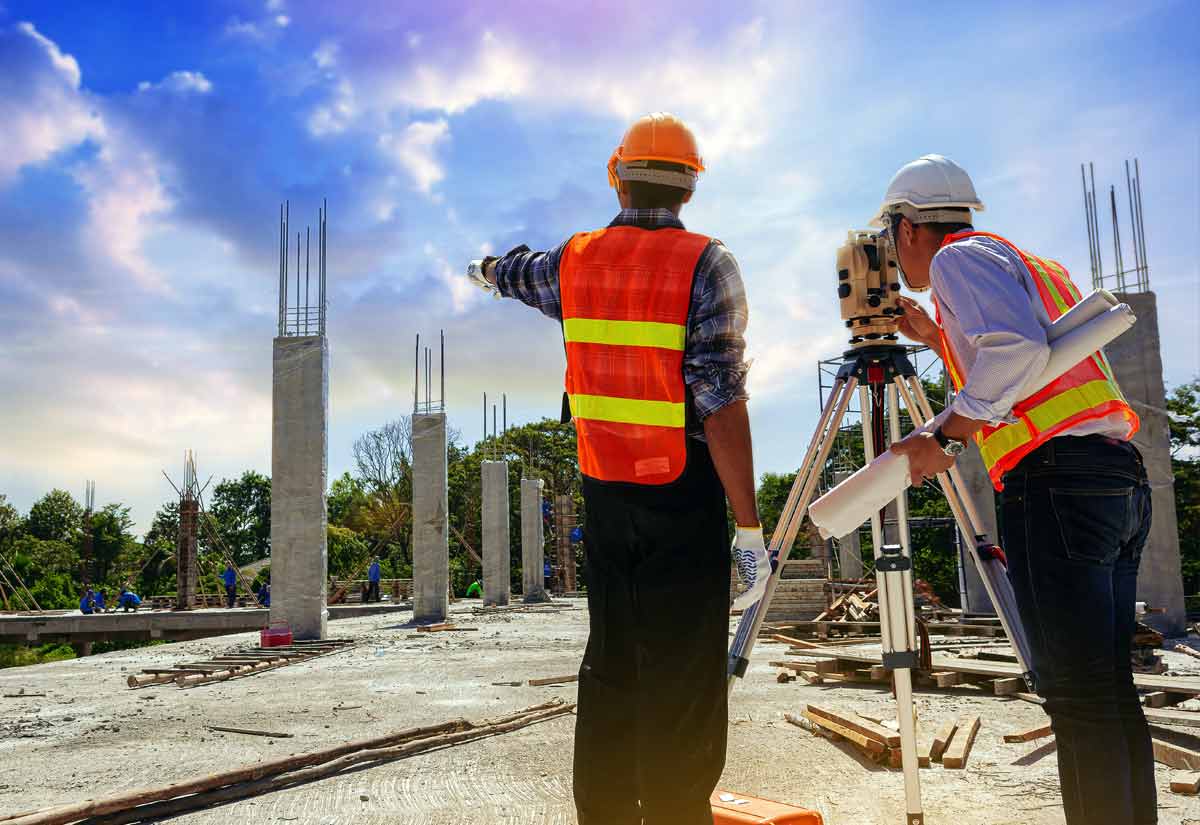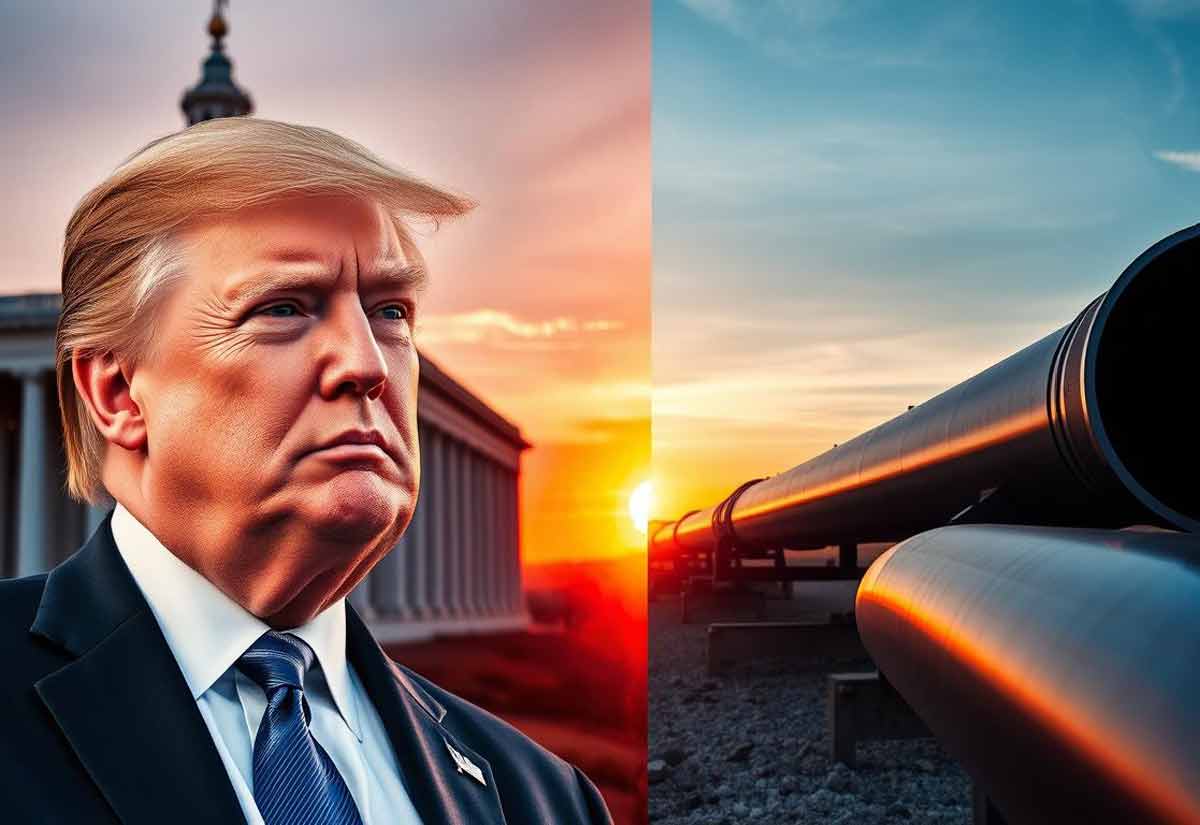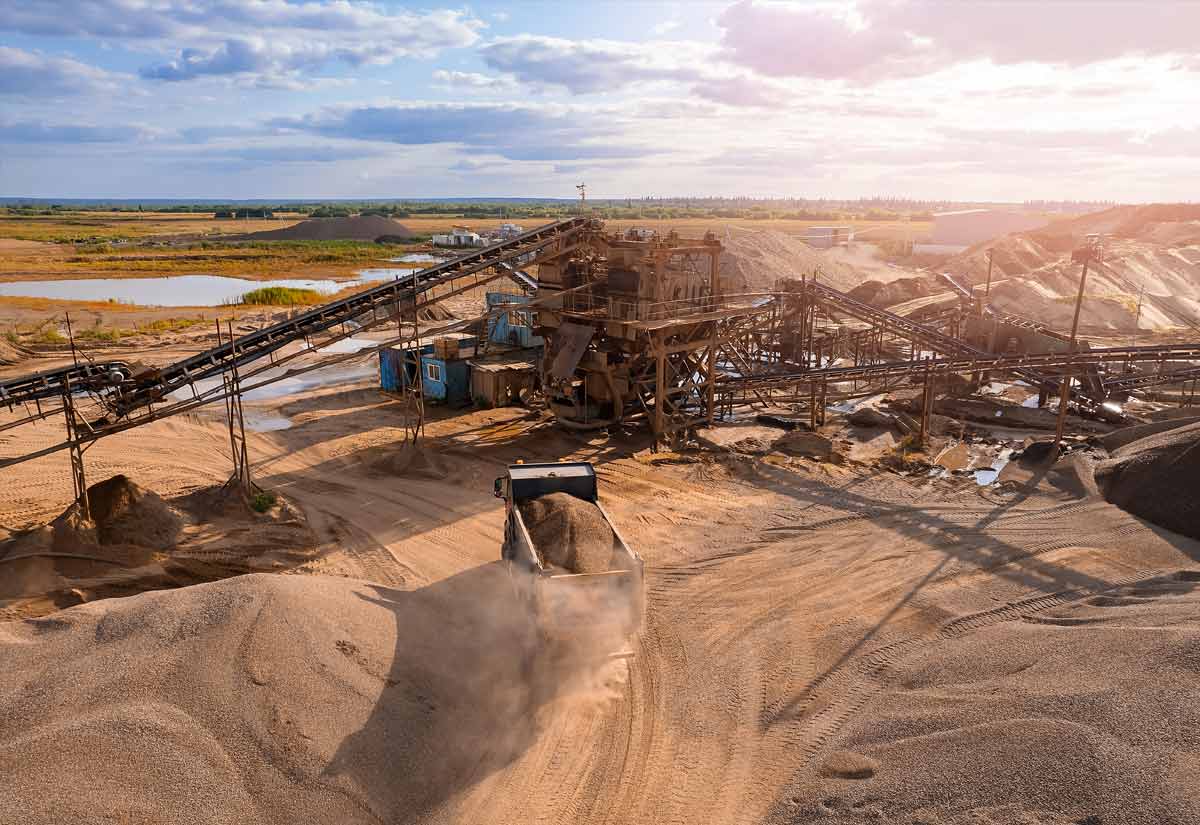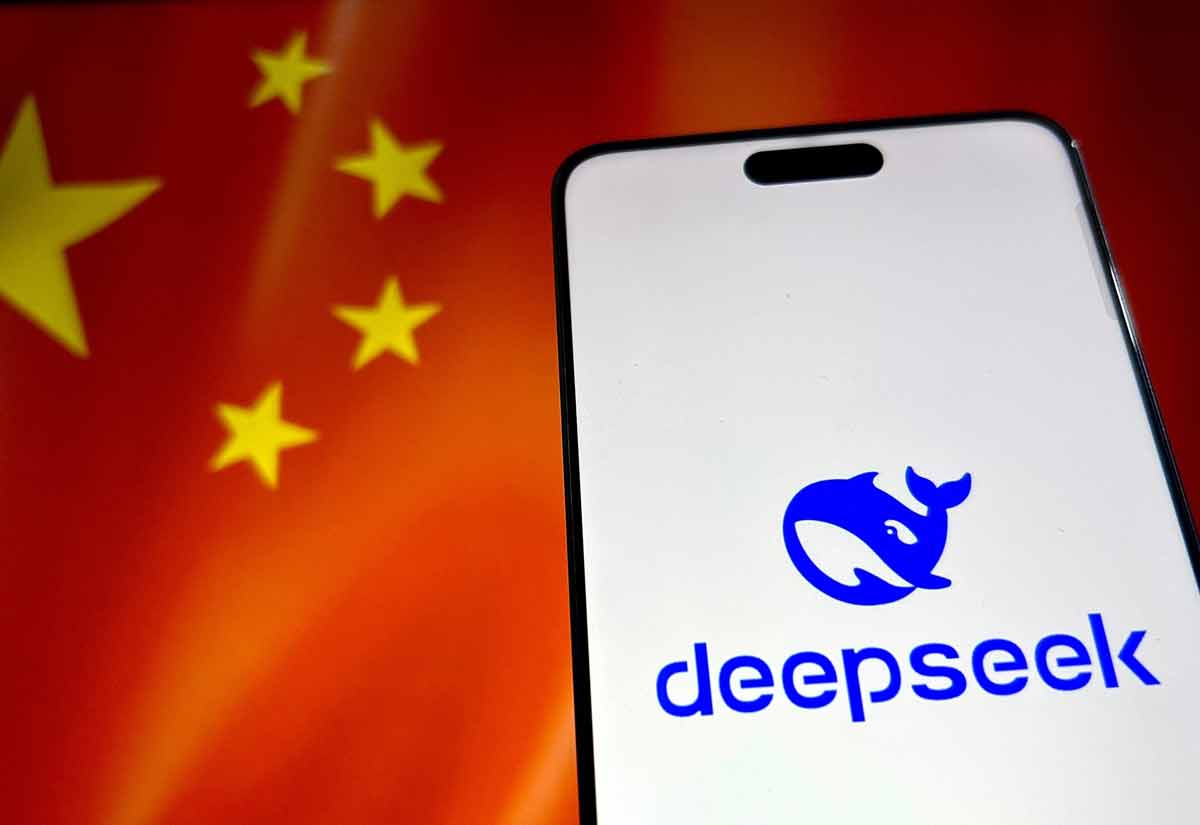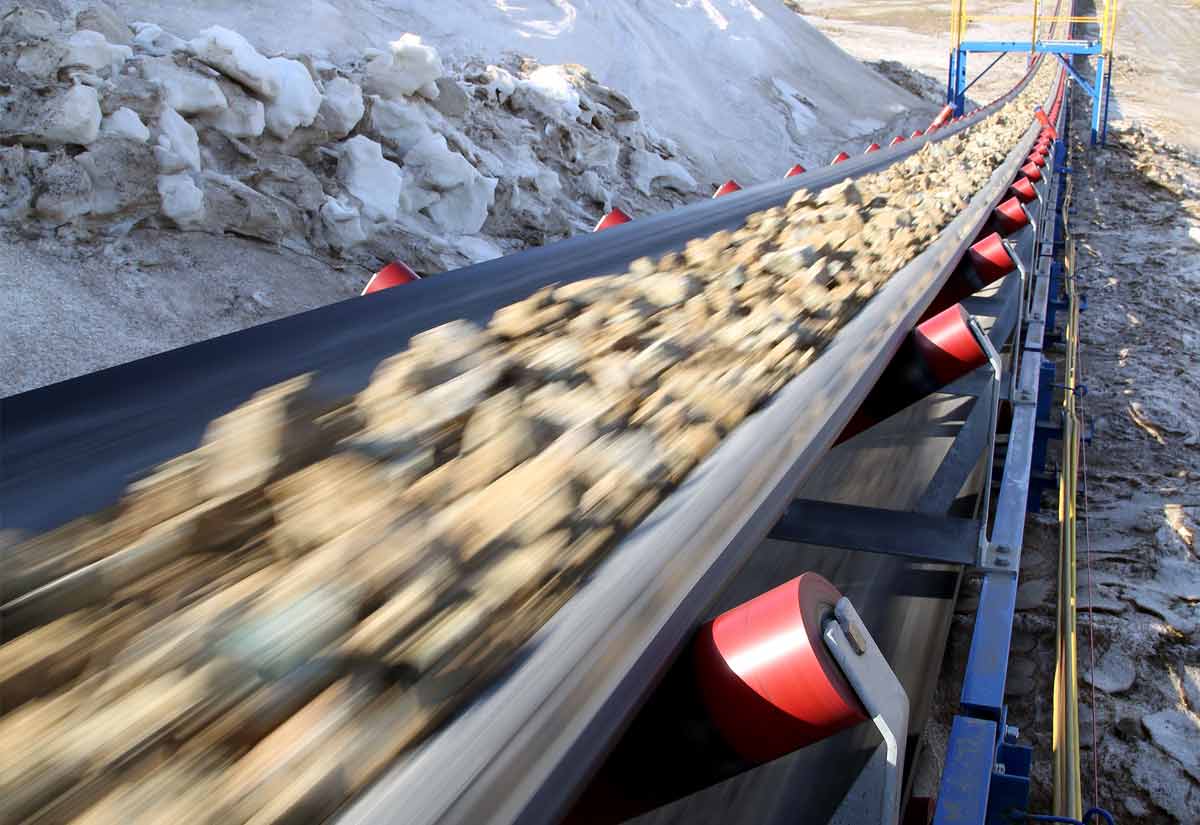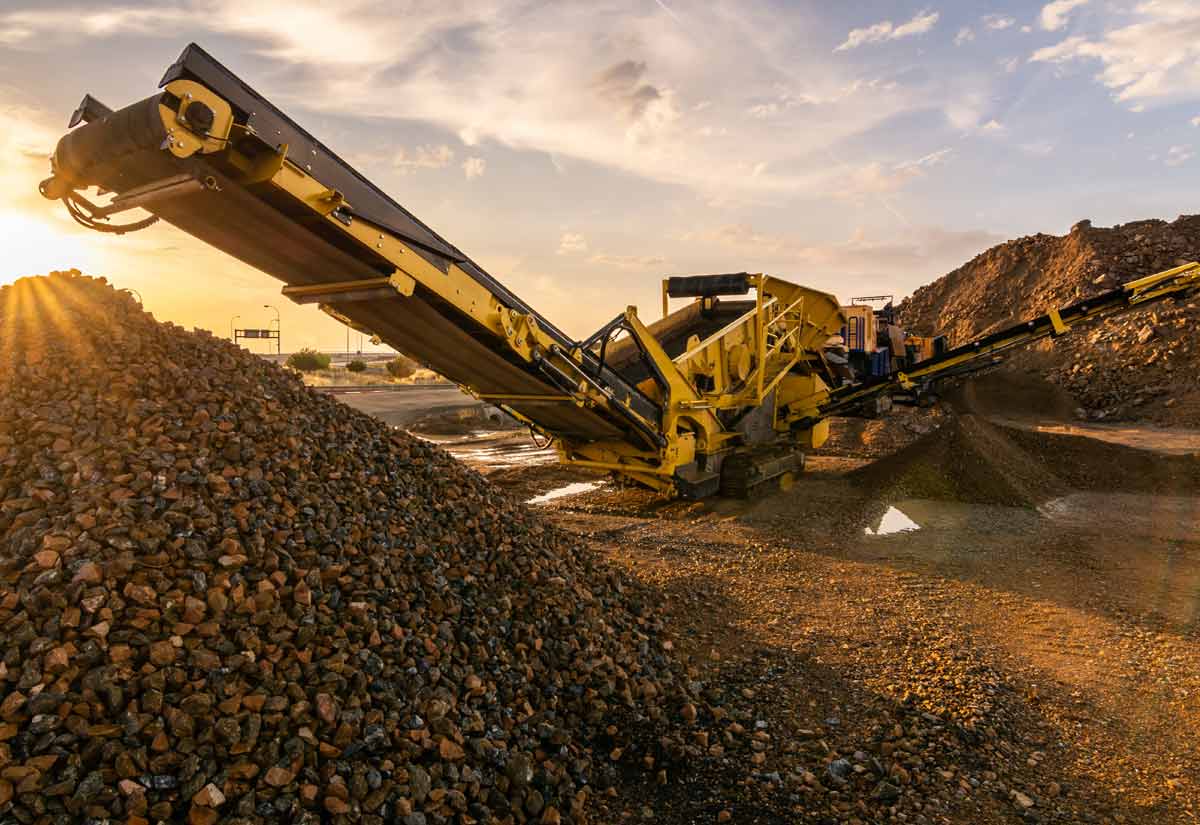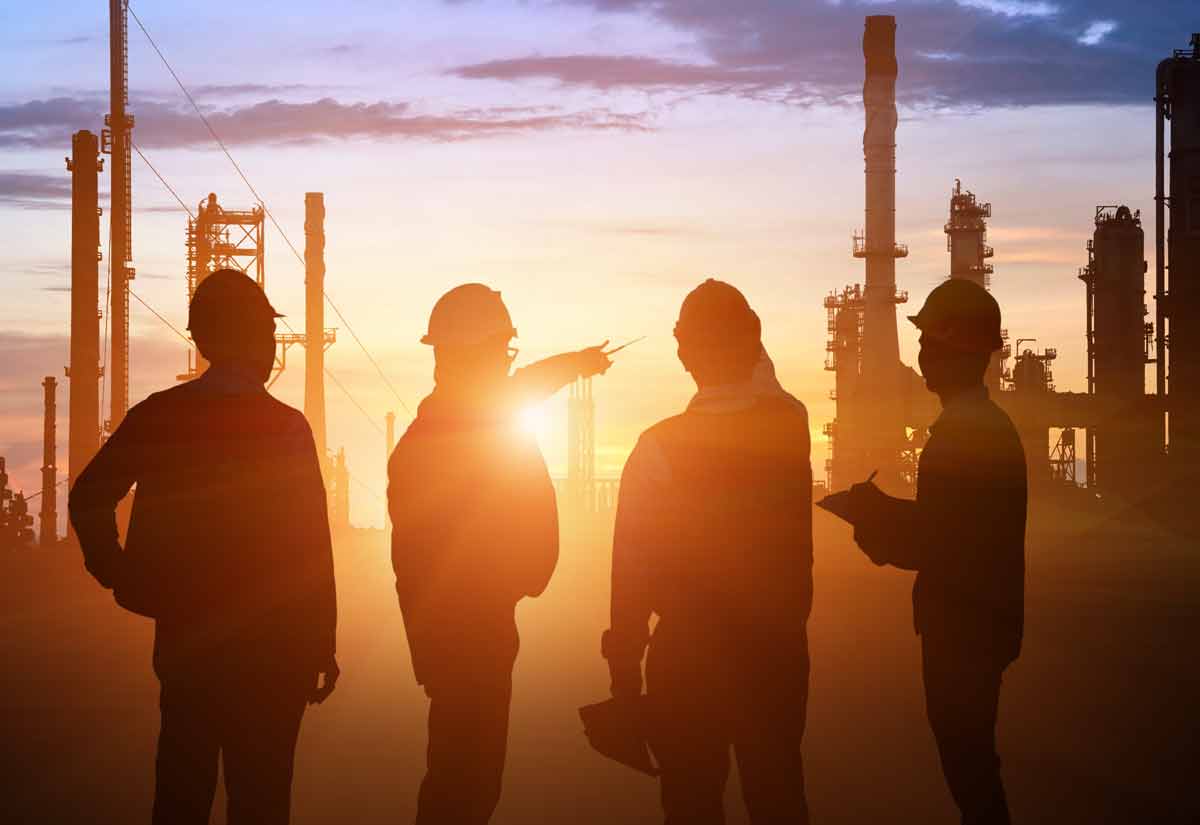During Tesla’s recent 2020 shareholders meeting (a.k.a. “Battery Day”), Elon Musk — CEO of Tesla and Chairman at SolarCity — talked for a good hour about batteries. Particularly, Musk discussed innovations in lithium-ion batteries — such as replacing cobalt with nickel cathodes.
One area that was highlighted was manufacturing. Tesla is constructing a battery production plant in the United States. Elon suggests that it could produce 200 gigawatt-hours of energy in battery form per year.
According to BloombergNEF, America ranks sixth in the lithium-ion battery supply chain, with China dominating the vast majority of the market. Elon Musk highlighted a broader battery problem: How can the United States create a more stable, robust and self-sufficient battery supply chain
A Need for Closer Production
Raw Materials
Bloomberg suggests that “if the US were to increase its investment in raw materials and promote EV adoption, it could overtake Japan and China to be number one in 2025.” These investments may be well on the way. In 2019, members of the new European Commission introduced a carbon border tax, which puts carbon-based taxes on supply chain goods sourced in 27 different countries.
Joe Biden supports a similar initiative. Both of these have serious implications for supply chain revenue, with BCG suggesting that some goods — like flat-rolled steel — would suffer a 40 percent margin loss during the importation process on taxes alone.
Skilled Labor
There’s also the issue of skilled labor. Batteries are becoming a critical factor in clean energy. Beyond electric cars, battery production influences solar structures and wind turbines. Both are energy sources McKinsey estimates will make up 50 percent of the energy mix by 2035.
The dominance of China in the lithium-ion supply chain has created talent gluts in other countries, many of which are seeking to establish their own battery production chains. The fewer in-country plants that operate, the slower talent growth is spurred. This can quickly come back to haunt industries in the wake of renegotiated trade deals.
However, the need for an internal lithium-ion battery supply chain goes far beyond environmental concerns, skilled labor generation and incentivization. Building a local supply chain can help reduce costs and create cross-regional trade habitats in a period where Globalization is resting on the shoulders of ever-changing trade deals and political frictions.
A Shift in Lithium-Ion Battery Production Perspective
As lithium-ion battery consumption rises, creating local hotspots of R&D and production is critical to keeping costs low and reducing outside reliance on critical power infrastructure. NEF data shows that European lithium growth is spurred by proximity to automotive plants. Fixating supply chain flow closer to infrastructure needs helps create predictable, stable and fair pricing structures. This encourages good flow and creates tangible value throughout the supply chain outside of immediate costs.
“A key concern of many raw materials producing countries is how to leverage resource wealth into more value-add,” says Head of Metals at BloombergNEF Sophie Lu. Globalization 4.0 and Industry 4.0 are converging into a new wave of supply chain structuring. Localization, regional spread and value-add is now overtaking monopolization of raw materials.
In fact, McKinsey, who readily admits that “China is the largest producer” of labor and resource-intensive trade, suggests that “technologies and changes in demand are likely to shift country participation in the future.” Already, value-added and non-resource-generating trade is growing significantly across the supply chain, with services growing to 45 percent of the value in the trade flow.
The battery supply chain is rapidly changing, and investments in batteries — especially lithium-ion — are trending inwards. Within the next few years, America may overtake China as the world’s largest generator of lithium-ion-related trade flow value.
About Resource Erectors
At Resource Erectors, we help pair skilled and motivated talent with production-ready businesses. From mining to construction, we can find the talent you need to navigate the ever-changing waters of today’s hyper-competitive landscape. Contact us to learn more.
